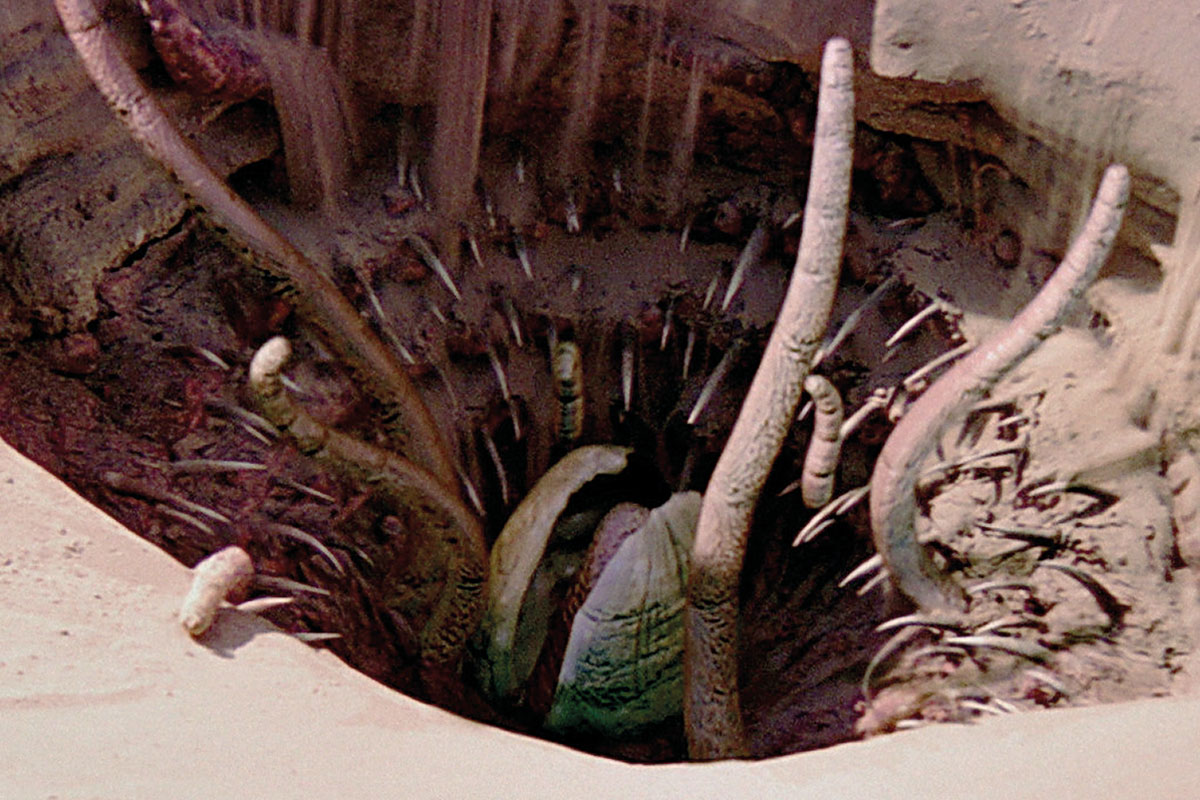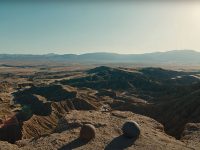
If any film saga has managed to create its own brand and narrative that has transcended generations, it is Star Wars. The original film took elements from Westerns (the similarity with The Searchers is quite evident) and gave it an epic feel with the hero’s journey and the path of the young apprentice, in the style of The Wizard of Oz, and with strong 1970s pseudo-spiritual influences.
Thus, in the films, we find the traditional plotlines of classic cinema recaptured in science-fiction. Much has been said about the shortcomings of Star Wars physics (for example, the fact that there can be no explosions or flames in the depths of space with no oxygen being consumed), but little has been said about its faults in biology. To begin with, the protagonists move from planet to planet, inhabited by very different beings, without getting vaccinated or suffering from serious intestinal problems. If the fauna and flora are different, the microbiology will also be different, and the characters would be exposed to pathogenic viruses and bacteria against which they have no defence. Thus, in interstellar travel, the most dangerous thing would not be lightsabers, but rather not dying from diarrhoea. Another surprising thing is that almost all animals follow a basic pattern: they are either intelligent bipeds or non-intelligent quadrupeds. No planet seems to have developed a different pattern in its own organisms. This implies that the evolutionary pattern is similar to that of our planet, and suggests that life originated here and then colonised other planets, which would contradict the statement «In a galaxy far, far away…».
But there is one aspect in which the whole saga and all its spin-off films and series fail miserably: ecology. If organisms share a basic design pattern, we can assume, on the principle of parsimony, that the physiology will be similar. This assumption is confirmed by the fact that on all planets there are taverns where beings eat and drink. In other words, they are heterotrophic organisms that obtain energy in a similar way to us. This implies that their ecosystem must have some form of energy capture by autotrophic organisms (most commonly solar energy by photosynthetic organisms, although there are exceptions) and that the biomass they produce serves as food for the higher levels of the food chain. Therefore, the higher up the food chain, the less biomass there will be, because this transformation is not very efficient. An ecosystem cannot sustain many large predators. But throughout the saga, we have seen examples that contradict this principle. Large carnivorous predators that inhabit desert environments, such as the sarlacc, a huge animal that burrows into the earth like an antlion… But in the middle of a desert? A lot of goats would need to go through the desert for it to receive sufficient nournishment. There is also the exogorths, a species of 800-metre-long slugs that live on asteroids. One of them ends up in the the protagonists’ spaceship in The Empire Strikes Back, but how does such an animal survive on an asteroid?
But if there is one scene that violates everything we know about ecology and physiology, it is the spider attack in the second season of The Mandalorian… on a frozen planet. For starters, the lungs of arachnids are not functional for large volumes. They could not possibly grow that big. And they are cold-blooded animals. How can they be so active in freezing temperatures? And finally, in the middle of an ice desert? How did they manage to accumulate so much biomass to grow so numerous and so large? Too much fiction, but too little science.





